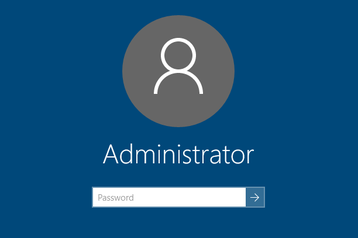Microsoft has introduced a new release cycle for Windows Server, with a pledge to continue adding features to the operating system long after launch.
The ‘Semi-annual Channel’ is similar to the release cycle already implemented with Windows 10 and Office 365.
Starting this autumn, Windows Server will receive two feature updates a year. However, deployments of Windows Server 2016 and earlier versions of Windows Server will not be affected by the Semi-annual Channel releases.
“This option provides opportunity for customers who are innovating quickly to take advantage of new operating system capabilities at a faster pace, both in applications – particularly those built on containers and microservices, as well as in the software-defined hybrid data center,” Erin Chapple, general manager for Windows Server, said.
Cloud first
Historically, Microsoft had focused on delivering software features on the launch date; past launch, it would only add incremental improvements and security patches, to be eventually compiled into Service Packs.
Windows 10 introduced the concept of ‘feature updates’ that can considerably alter functionality of the OS – like the Anniversary Update released in August 2016 or Creator’s Update that arrived In April 2017.
Now, the company has decided to expand this model to include Windows Server, with major updates rolled out in spring and autumn. The same schedule will apply to System Center, Microsoft’s data center management and workload monitoring tool.
Semi-annual Channel software will be supported for 18 months from the initial release. Customers will still be able to purchase Windows Server 2016 on Long-term Servicing Channel, to receive their traditional security and non-security updates all the way to 2026, but they will not get access to new functionality.
Microsoft has also revealed the contents of the upcoming feature update for Windows Server, which will focus on app container support.
The update will introduce full support for the Windows Subsystem for Linux (WSL) - a.k.a. Bash on Windows - and offer a new version of Nano Server, a remotely administered version of the OS for cloud environments, optimized for smaller size and faster restarts.
“This next release will focus on making Nano Server the very best container image possible. From these changes, customers will now see the Nano Server images shrink in size by more than 50 percent, further decreasing startup times and improving container density,” Chapple said.
“In addition to these Nano Server investments, we’re also delivering application innovations to support Linux containers and workloads natively on Windows Server. We’re extending the Hyper-V isolation capability, introduced with the 2016 release, to Linux containers as well, so now you can run Linux containers on Windows Server.”

